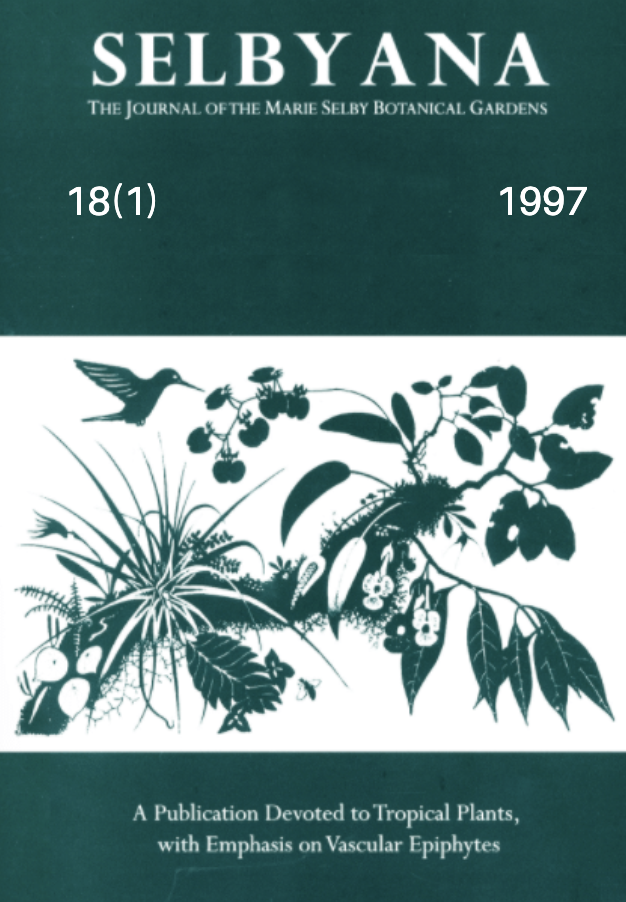Abstract
Seedlings of three bromeliad species, Pitcairnia flammea, Vriesea philippo-coburgii and Tillandsia pohliana, with different growth habits were in vitro cultured for 6 months in a modified knudson medium containing 8mM nitrogen, such as $N{O_3}^ - $, $N{H_4}^ + $, NH₄NO₃, glutamine or urea. Growth analysis showed that all species presented a very efficient uptake and utilization of glutamine and NH₄NO₃. The presence of $N{O_3}^ - $ substantially stimulated root development. To examine some possible effects of different nitrogen sources on nitrogen assimilation, protein was extracted from leaf shoots of three species and glutamate dehydrogenase (GDH) and aspartate aminotransferase (AAT) activities were determined by gel electrophoresis. Effects of nitrogen source were shown most clearly by the different mobility of GDH observed in samples which had been supplied with Ca(NO₃)₂ compared to those found in samples supplied with (NH₄)₂ SO₄. Urea as a nitrogen source depressed AAT activity in the terrestrial species Pitcairnia flammea but enhanced it in the epiphyte Tillandsia pohliana. The latter species and the other epiphyte examined, Vriesea philippo-coburgii, were distinguishable from P. flammea through their AAT mobility, while the two epiphytes differed between themselves principally in the level of their AAT activity.
Open Access and Copyright Notice
Selbyana is committed to real and immediate open access for academic work. All of Selbyana's articles and reviews are free to access immediately upon publication. There are no author charges (APCs) prior to publication, and no charges for readers to download articles and reviews for their own scholarly use. To facilitate this, Selbyana depends on the financial backing of the Marie Selby Botanical Gardens, the hard work and dedication of its editorial team and advisory board, and the continuing support of its network of peer reviewers and partner institutions.
Authors are free to choose which open license they would like to use for their work. Our default license is the Creative Commons Attribution-NonCommercial 4.0 (CC BY-NC 4.0). While Selbyana’s articles can be copied by anyone for noncommercial purposes if proper credit is given, all materials are published under an open-access license with authors retaining full and permanent ownership of their work. The author grants Selbyana a perpetual, non-exclusive right to publish the work and to include it in other aggregations and indexes to achieve broader impact and visibility.
Authors are responsible for and required to ascertain that they are in possession of image rights for any and all photographs, illustrations, and figures included in their work or to obtain publication or reproduction rights from the rights holders. Contents of the journal will be registered with the Directory of Open Access Journals and similar repositories. Authors are encouraged to store their work elsewhere, for instance in institutional repositories or personal websites, including commercial sites such as academia.edu, to increase circulation (see The Effects of Open Access).
